When considering playground surfaces, start with the basics. Know the relevant codes and be able to outline the fall zones for some standard playground equipment. It’s important that children be safe, and the industry has come a long way since the days of planting bare metal
monkey bars over dirt and shale. But to take your design no further than checking codes and plugging design elements into that framework would be a disservice to yourself and to the children who expect to have fun on the playground. Meeting codes can be a starting point, but it’s never a destination.
A second step when choosing a surface is to understand your site. How big is it? Is it urban and populated, colorful and noisy, packed with buildings, alive with movement? Or is it quiet and pastoral? Aside from knowing how much space and what location, designers should also know the ages of the children who will use the equipment and what activities are best for those ages. Addressing these questions will provide important information about the type of surface to be used.
Let’s say you’re designing a surface for a playground in a confined urban area surrounded by billboards, traffic noise, asphalt, and concrete. Should the playground allow all of those elements inside its setting or provide a barrier and a place of respite? Children, like adults, need stimulation to keep their minds active, but not too much stimulation. So maybe there should be a fence or buffer of trees to provide a barrier, beyond that barrier a patch of grass, a simple sandbox, or a planting bed where children can reconnect with nature. For children living the city life, one or two pieces of equipment might be preferable to a busy grouping of climbers over a dazzling pattern of color in a synthetic surface.
On the other hand, let’s say you’re designing a playground on the edge of a school property where there are open spaces and grassy fields in several directions. You have the potential here to design an “Emerald City.” Many manufacturers offer equipment to mimic the castles of medieval times or the pirate ships of the age of exploration. In these cases, the appropriate surface might be just as busy as those fantasy worlds. Shredded rubber can be used to mimic a lake or a great vat of hot lava over which children climb or swing to escape their peril. Rubber tiles of multiple colors can become an abstract pattern or a board game where children become the real-life pieces. And poured-in-place rubber can be used to create a variety of colorful patterns, be they rivers, oceans, or yellow brick roads.
There is no simple formula. A designer should never approach a site and say, “Here’s an urban site, let’s design a quiet playground here,” or “Here’s a rural site, the children will appreciate an active playground here.” No site is that urban or that rural, so no solution will ever be that easy. At times the most appropriate design is an extension of the surrounding area. When you find yourself working to balance a more complex site with both urban and rural features, it might be easy to think about the surface as a separate element from the equipment and landscape features and push the contrasts in texture, color, and sound.
Some situations might suggest a rather colorful and multi-textured surface with more muted colors for the equipment. Other situations might suggest a more monolithic surface as a nice relief to a range of brightly colored equipment. There are plenty of playgrounds where the simplicity of wood chips provides a fine contrast to the red, blue, and yellow finishes on the equipment, and others where sleek stainless steel equipment allows for a synthetic surface that could rival the creations of modern painters.
Making choices in surfacing and other design elements can be a challenge. Designers and project leaders should always listen to the end user, and if they have a chance to watch how the children play in a certain environment, they can learn a lot about what works and what might be improved. Some designers might simply feel more comfortable letting the main stakeholders in the project or the budget dictate what type of surface to choose. But as you pay attention over time to the needs and wants of the end user, you will develop sensitivity to what is most appropriate for a certain situation. Just don’t be afraid to “think both inside and outside of the sandbox.”

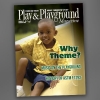
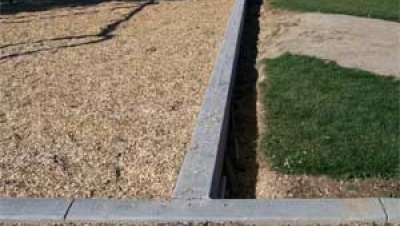

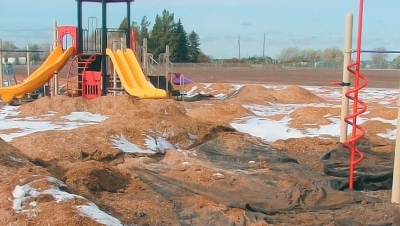



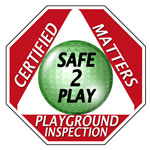
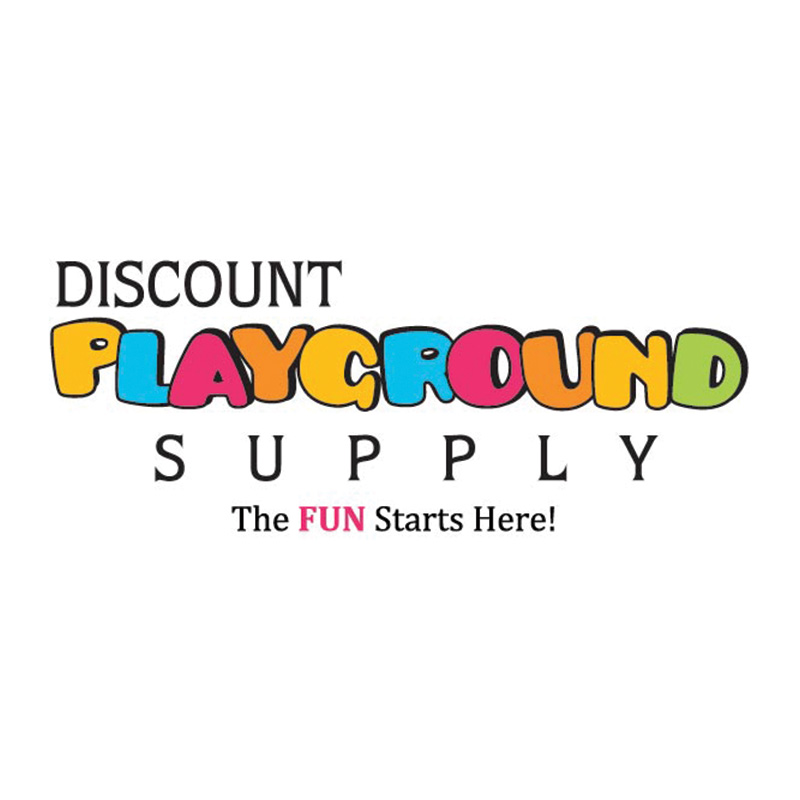
Add new comment